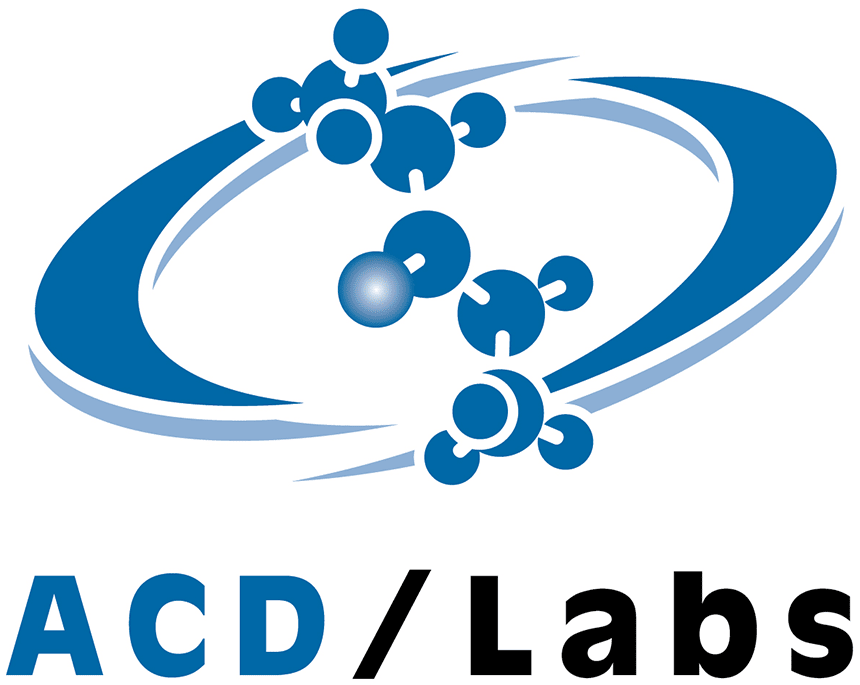Spectral resolution is one of the most important attributes of spectrometers, since it defines the ability of the instrument to resolve bands of close proximity. The highest achievable resolution for an FTIR instrument is determined as the Full-Width at Half-Height (FWHH) for a specified spectral band measured for a low pressure gas sample in which the Doppler bandwidth is narrower than the achievable resolution of the spectrometer. Bruker uses carbon monoxide at 5 mbar for this purpose. Table 1 summarizes the achievable spectral resolution for various Bruker FTIR spectrometers. All Bruker FTIR spectrometers allow a continuous (not discrete) selection of resolution values that provides greater flexibility for spectral recording.
Selection of the correct resolution is a crucial point in FTIR spectrometry. A resolution that is too low will not resolve the bands and a resolution that is too high introduces more noise without improving band separation, as shown in Figure 1. If the resolution is increased by a factor of 2, the noise will be approximately twice as high for the same acquisition time. The noise decreases as the square root of acquisition time.[1] Allowing for the separate background and sample measurements, it will take 8 times longer to collect a spectrum of equivalent signal-to-noise, when the spectral resolution is increased by two. Resolution better than 2 cm-1 requires the use of smaller apertures in the spectrometer that reduce the beam intensity and lead to higher noise. The purpose of the aperture is to achieve the necessary degree of beam collimation in the interferometer. The OPUS software automatically advises the user about selecting the right aperture for a given resolution and wavenumber range.





